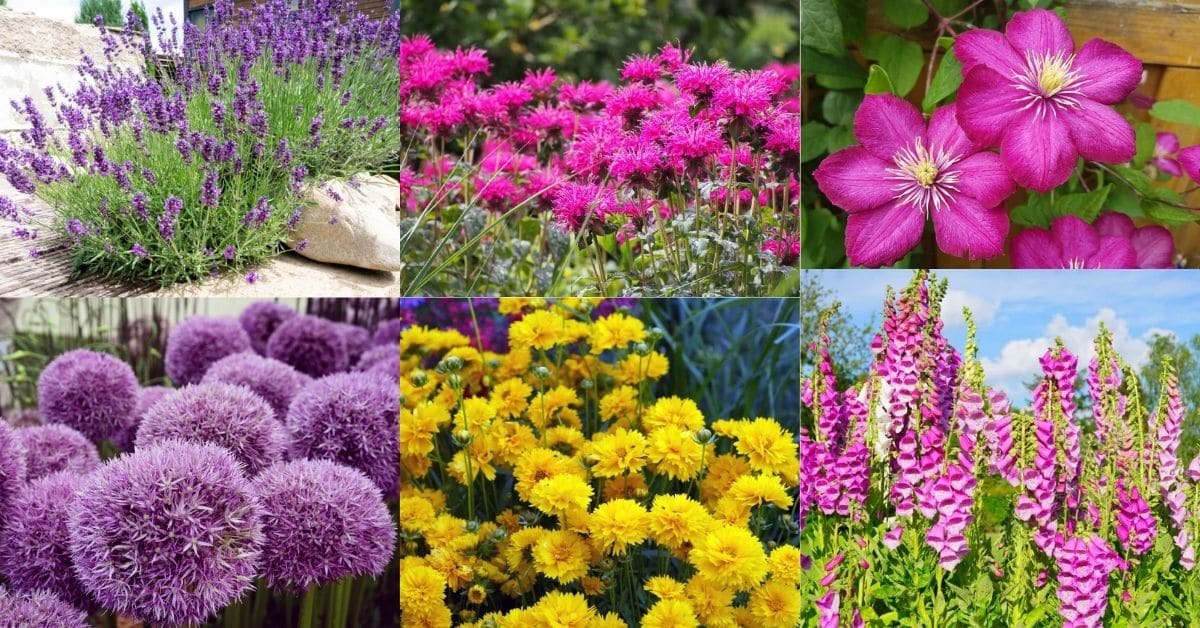
Summertime is about soaking up the sun, enjoying freshly grown vegetables, seeking out places to swim, and basking in the beauty of bright and colorful summer flower gardens. Perennials that bloom throughout the summer add pops of color to the landscape, making it a simply magical time of year. When the days are long, we spend more time outside, and it's a wonder to be surrounded by magnificent blooms, spectacular colors, and the cheerfulness of summer perennial flowers.
Jump to:
- Rose of Sharon (Hibiscus syriacus)
- Black-Eyed Susan (Rudbeckia hirta)
- Orienpet Lilies (Lilium sp.)
- Butterfly Weed (Asclepias tuberosa)
- Coneflower (Echinacea purpurea)
- Clematis
- Balloon Flower (Platycodon grandiflorus)
- Foxgloves (Digitalis purpurea)
- Blue Mist Flower (Conoclinium coelestinum)
- Cardinal Flower (Lobelia cardinalis)
- Allium (Allium “Globemaster”)
- Coreopsis/Tickseed (Coreopsis sp.)
- Hummingbird Mint/Hyssops (Agastache sp.)
- Bee Balm (Monarda sp.)
- Lavender (Lavender angustifolia)
Rose of Sharon (Hibiscus syriacus)

For one of the most spectacular summer flower displays, plant Rose of Sharon bushes and rejoice in their magnificence. Rose of Sharon is a type of hibiscus that produces gigantic, exotic flowers. This bush, or tree (depends on how you prune it), blooms from mid-summer through fall and comes in a vast array of color choices. Every day, the flowers open up to welcome the sun, and then, by early evening, they've closed up again to rest for the night. Rose of Sharon easily reaches 8-12 feet high and can be pruned to act as a natural border or hedgerow. This sun-loving, summer-blooming perennial is hardy to zones 5-8. There are so many colors and types of Rose of Sharon to choose from, and there is sure to be one that fits your space and aesthetic. Some of our favorites include:
"Lavender Chiffon" – Lilac-colored double flowers that look like layers of chiffon in flower form. Delicate and exquisite.
"Red Heart" – Pure white petals with a deep magenta center and streaks. The contrasting colors are irresistible.
"Lucy" – Super bright fuschia colored double flowers that are spellbinding en masse on the bush.
"Bluebird" – Deep blue-violet petals with a rich magenta center make for a fascinating color contrast.
Black-Eyed Susan (Rudbeckia hirta)
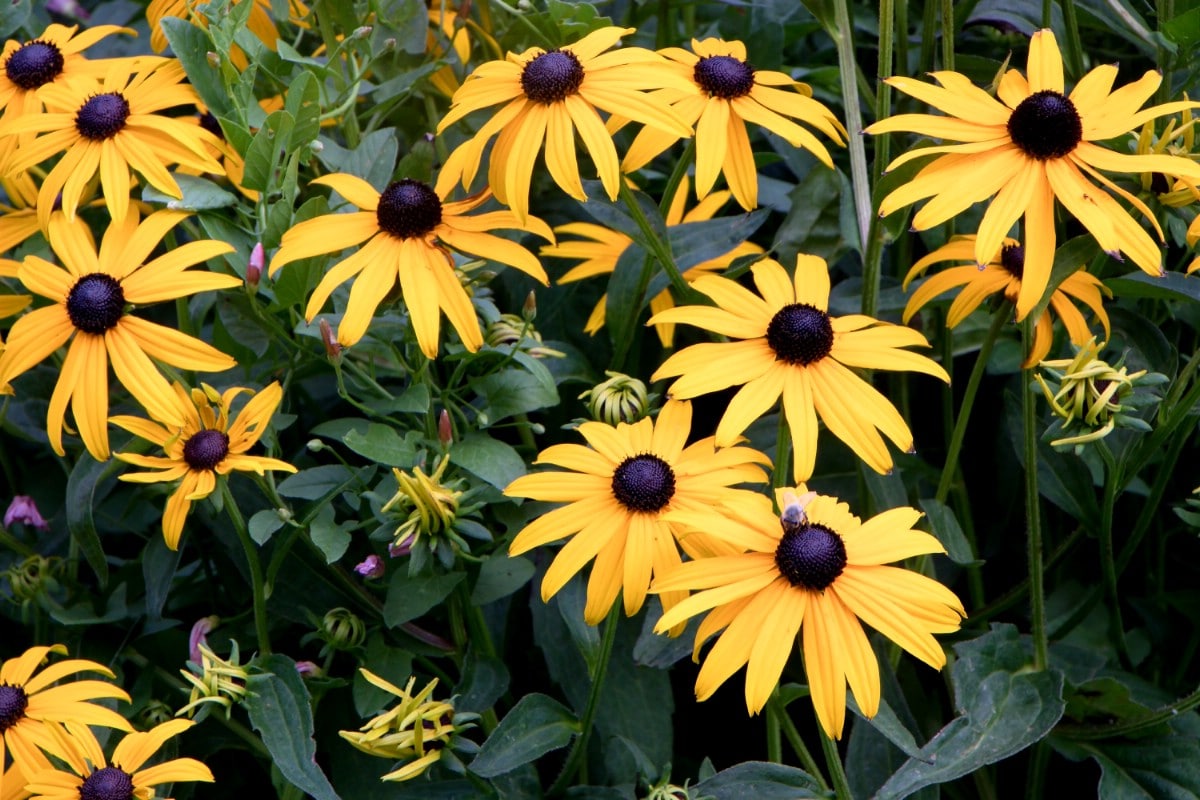
This classic summer perennial is a well-known flower in many landscapes. It's impossible to ignore huge swathes of Black-Eyed Susans when they're in full bloom. They practically announce summer at their peak; in fact, they should be the mascot flower of summer. Most people are familiar with the popular brilliant yellow petals surrounding a dark brown coned center, but this summer perennial has many other color options.
"Cherry Brandy" boasts blazing cherry-red petals and a dark chocolate cone center disk. When these bloom, you may get a sudden craving for chocolate-covered cherries! Another cultivar that may have you craving sweets, "Chocolate Orange," features bi-color deep orange and mahogany flower petals around a dark brown center. "Cherokee Sunset" Black-Eyed Susan's look like someone painted the petals with a perfect mix of reds, yellows, browns, mahogany, and bronze. For the classic bright yellow Black-Eyed Susan, the massive flowers of the "Marmalade" cultivar are ideal.
Orienpet Lilies (Lilium sp.)
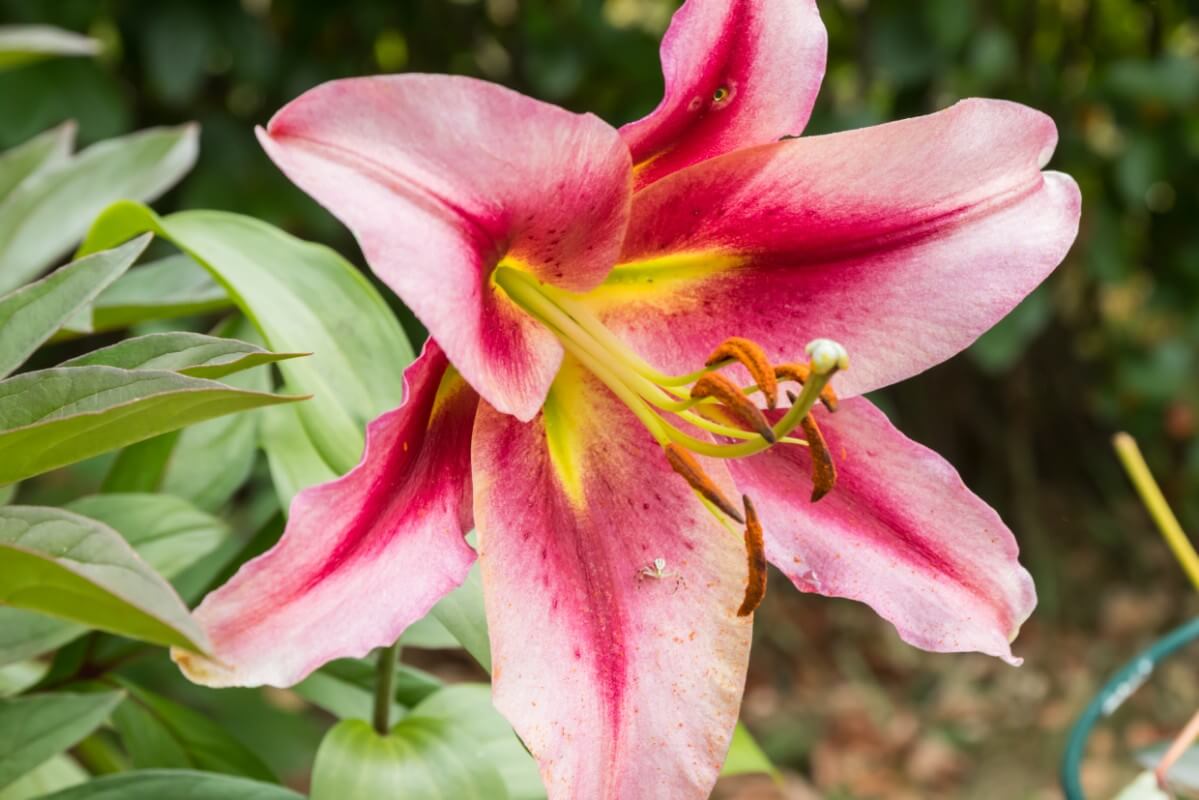
This cross between Trumpet lilies and Oriental lilies is a stunning achievement in hybrids. The flowers are massive, with brilliant colors, exotic design, and rich with that distinctive lily fragrance. Orienpet Lilies are a relatively new development, and we are embracing this hybrid wholeheartedly.
Once you see the blooms, we are sure you will too. Like Trumpet lilies, Orienpet Lilies grow quite tall, averaging 3-8 feet high. But, their stems are sturdy, so they don't need staking. These lilies are also heat and drought tolerant and generally more hardy than either of the parent species. Orienpet Lilies are hardy to zones 5-9. Our top Orienpet choices (though as more cultivars are introduced, we aren't sure how we'll ever pick favorites!):
"Anastasia" – A colossal bloom with a striking rosy pink center and brush strokes across broad white petals. Plus, it blooms with abandon; one bulb can produce up to 30 flowers per season.
“Black Beauty” – Deep crimson flower petals are offset by a striking green star-shaped center.
"Robert Swanson" – The center of the glower is fiery orange-red and contrasted by sunny yellow edges around each petal. Blossoms average 7" wide.
“Belladonna” – Like it's been dipped in sunshine itself, this flower is buttery yellow and beautiful.
Butterfly Weed (Asclepias tuberosa)
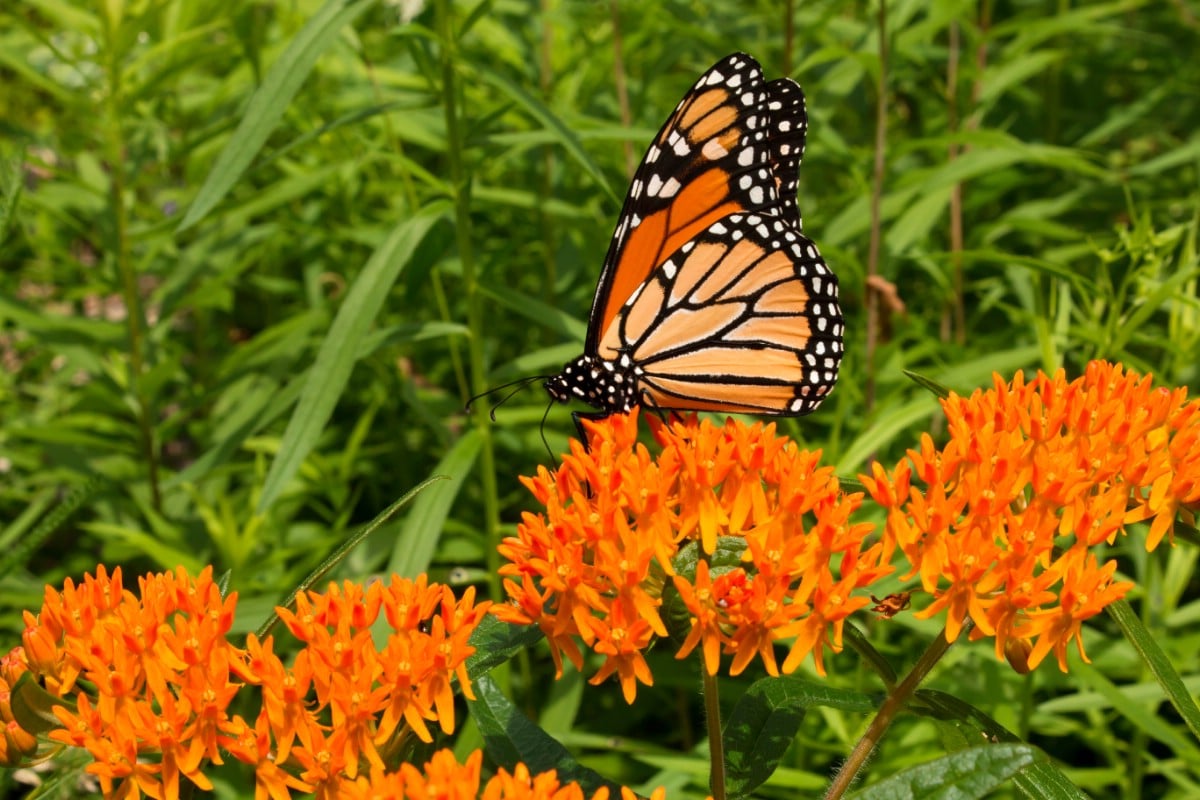
The clusters of small, brightly colored Butterfly Weed flowers never cease to bring smiles; I think the butterflies feel the same way as they visit continuously throughout the summer and early fall. Butterfly Weed leaves are deep green and lance-shaped, and the flowers sit atop the foliage like stars at a show.
This summer perennial averages 18-24 inches tall and will bush out as it matures. Butterfly weed isn't just for butterflies, either. Bees and hummingbirds adore the nectar, as well. The most common Butterfly Weed flower color is a vibrant orange. However, there are also varieties with bright yellow, pink, and red flowers. Hardy to zones 3-9.
Coneflower (Echinacea purpurea)
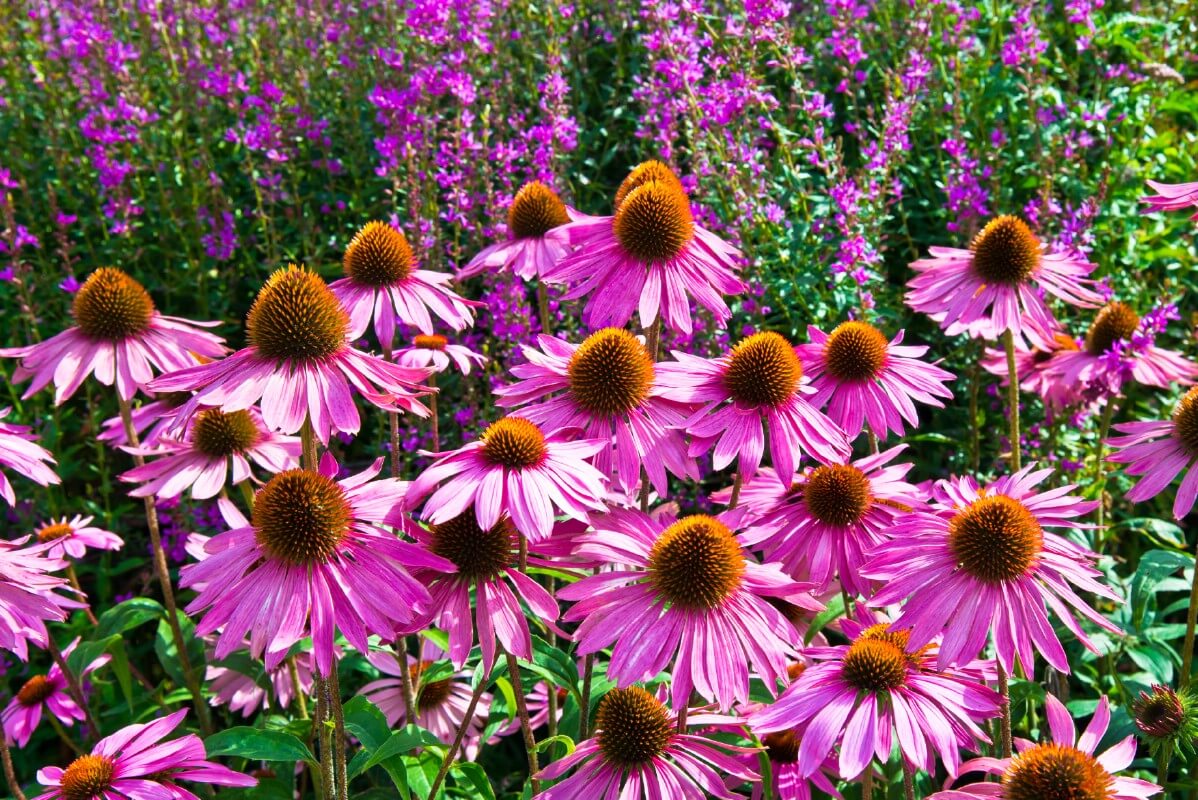
A native North American prairie plant, Coneflower is an easy choice for the perennial flower garden. It is super low-maintenance, looks fabulous planted in large masses, and the butterflies, bees, and hummingbirds love it. Coneflower blooms traditionally are purple, but there are dozens of fascinating varieties on the market now. You could turn your flower garden into an artist's dream palette just with Coneflower species. Coneflowers bloom continuously for months in the summer and are hardy to zones 4-10. Some Coneflowers of note:
“Butterfly Kisses” – Light lilac pink petals surrounding a darker powder puff like central cone.
"Art's Pride" – Narrow tangerine-colored petals surround a chocolate-brown center cone.
“Sunrise” – Light, lemony yellow petals around a golden center cone.
“Tiki Torch” – Featuring wide, dark-orange petals around a deep orange central cone.
“Tomato Soup” – Just like the name suggests, this flower boasts creamy red petals around a darker center cone.
Clematis
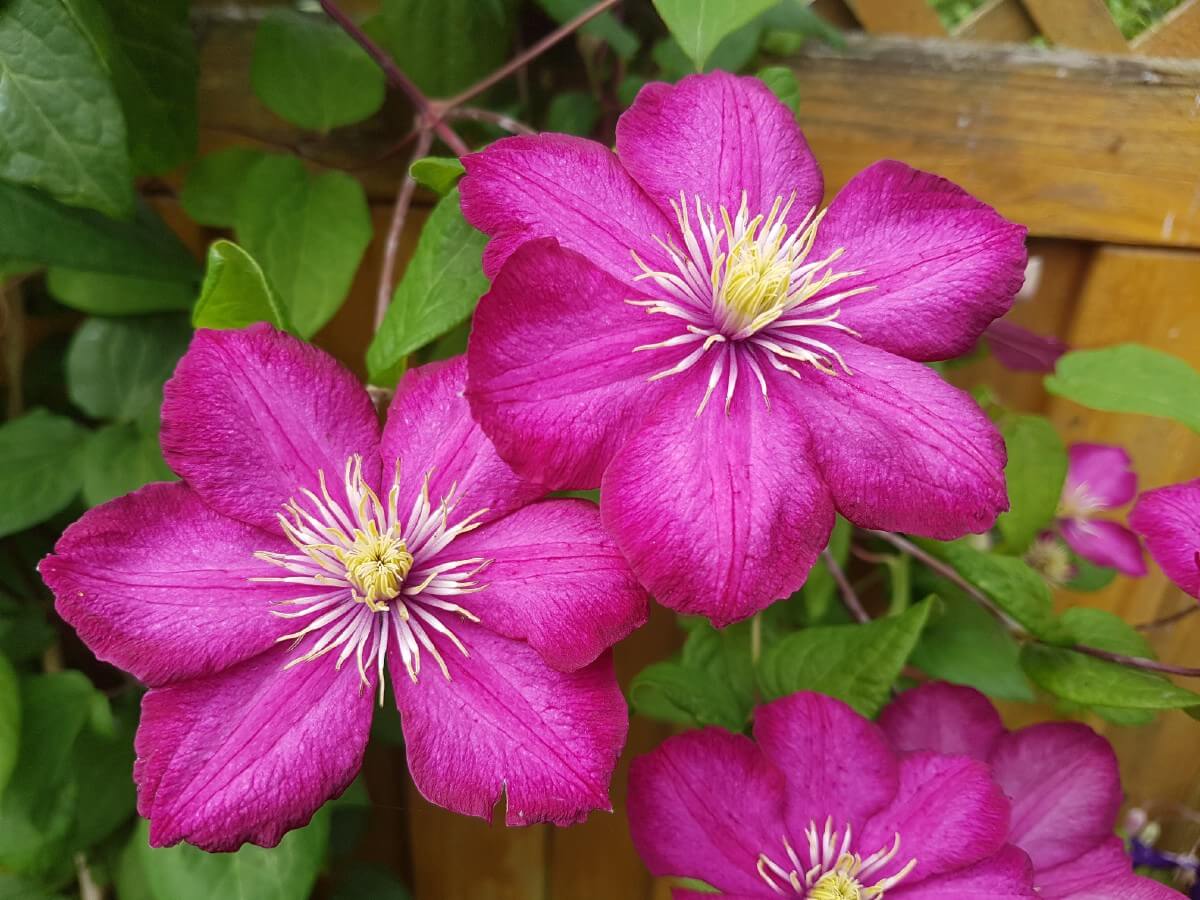
With thousands of options available, it's impossible not to find the Clematis of your dreams. This vining perennial instantly becomes the center of attraction when in bloom. Huge vibrantly colored star-shaped flowers are impossible to ignore! Clematis blooms for months, from mid-summer through fall, and the flowers are so profuse that they almost block out the foliage beneath. Many Clematis also produce a sweet fragrance, perfect for highlighting the long summer evenings. Plant Clematis near the porch or on a balcony to enjoy all it has to offer. Hardy to zones 4-11, but varies between species, so always double-check.
Balloon Flower (Platycodon grandiflorus)
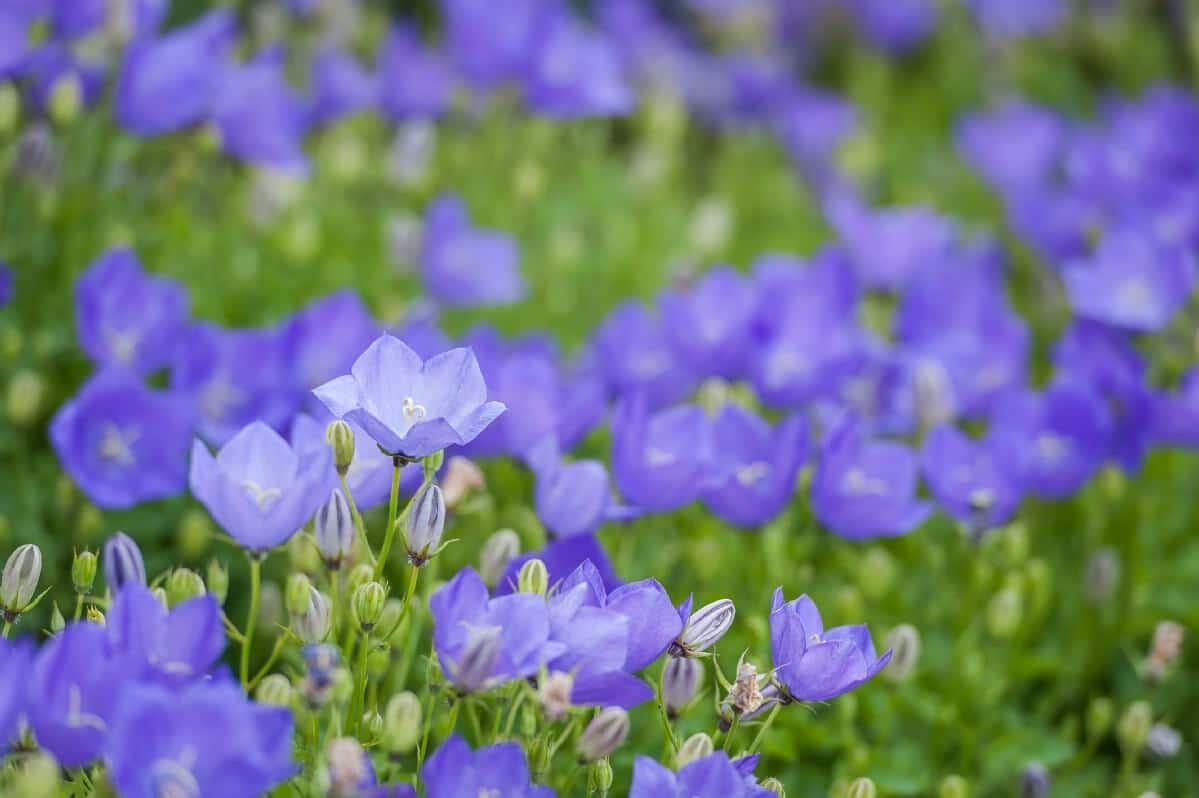
When the flower buds form on this perennial plant, they look like colorful puffed-up paper bags begging to be popped. The uniqueness of the Balloon Flower buds adds intrigue to the perennial flower garden. Even though it's a popular perennial, most gardeners still don't know about the subdued beauty of the Balloon Flower. The plant isn't tall, and the colors aren't overly vibrant, but the balloon-shaped flower buds provide an element of interest that isn't found anywhere else. When the buds burst into bloom, the plant is transformed into a prolific display of broad, star-shaped flowers. Balloon Flower is hardy to zones 3-8. The flowers are usually purple or blue, but there are also white and pink cultivars available.
Foxgloves (Digitalis purpurea)
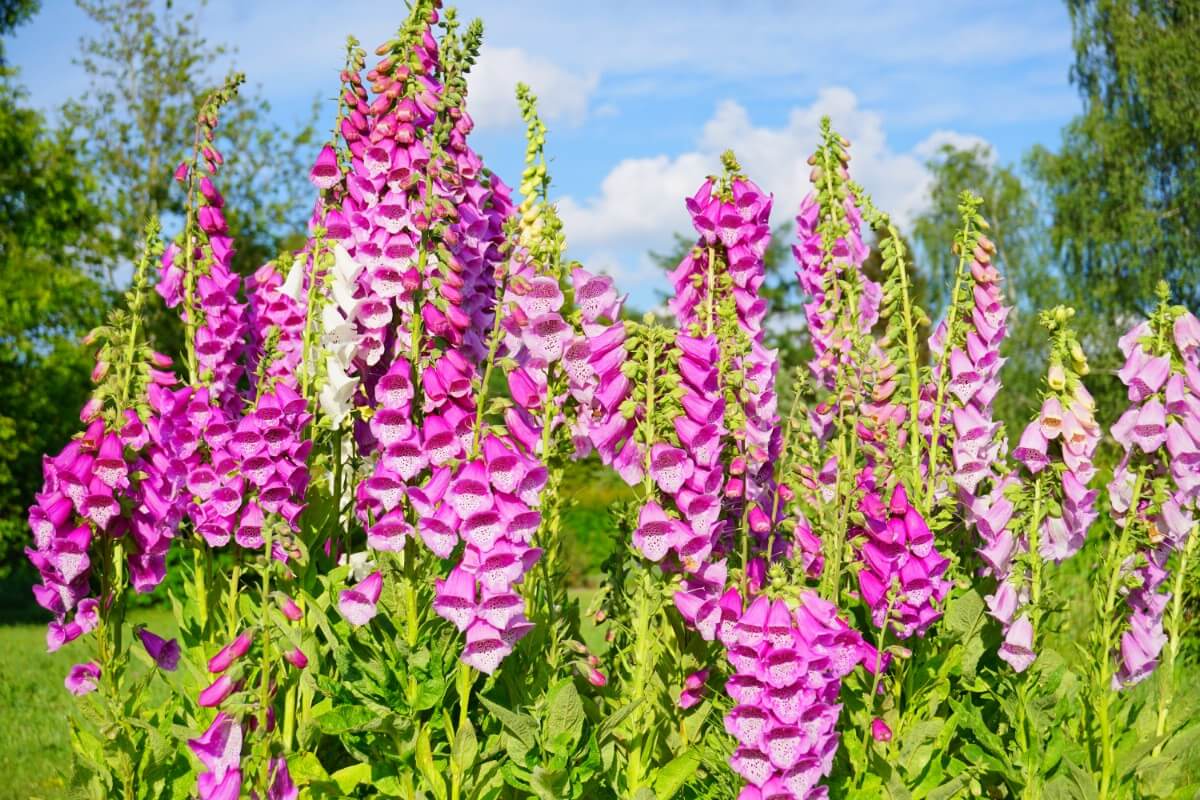
If you're looking for a stately flower display in your landscape, Foxgloves are happy to oblige. Foxglove plants average 3-5 feet tall, and the show is bold, to put it mildly. Each high-reaching stem is laden with dozens of cascading striking bell-shaped flowers.
The original Foxglove flower is violet purple with a white and dark purple speckled throat – they resemble orchids with their fine detailing and delicate appearance. In addition to purple, Foxglove flowers are now available in pure white, peach, blush pink, light purple, rose, and yellow.
This striking perennial looks best planted in groupings of at least 4-5 plants for the best effect. Use as a border around flower beds or as an accent or highlight around the yard. Foxglove is hardy to zones 4-9.
Blue Mist Flower (Conoclinium coelestinum)
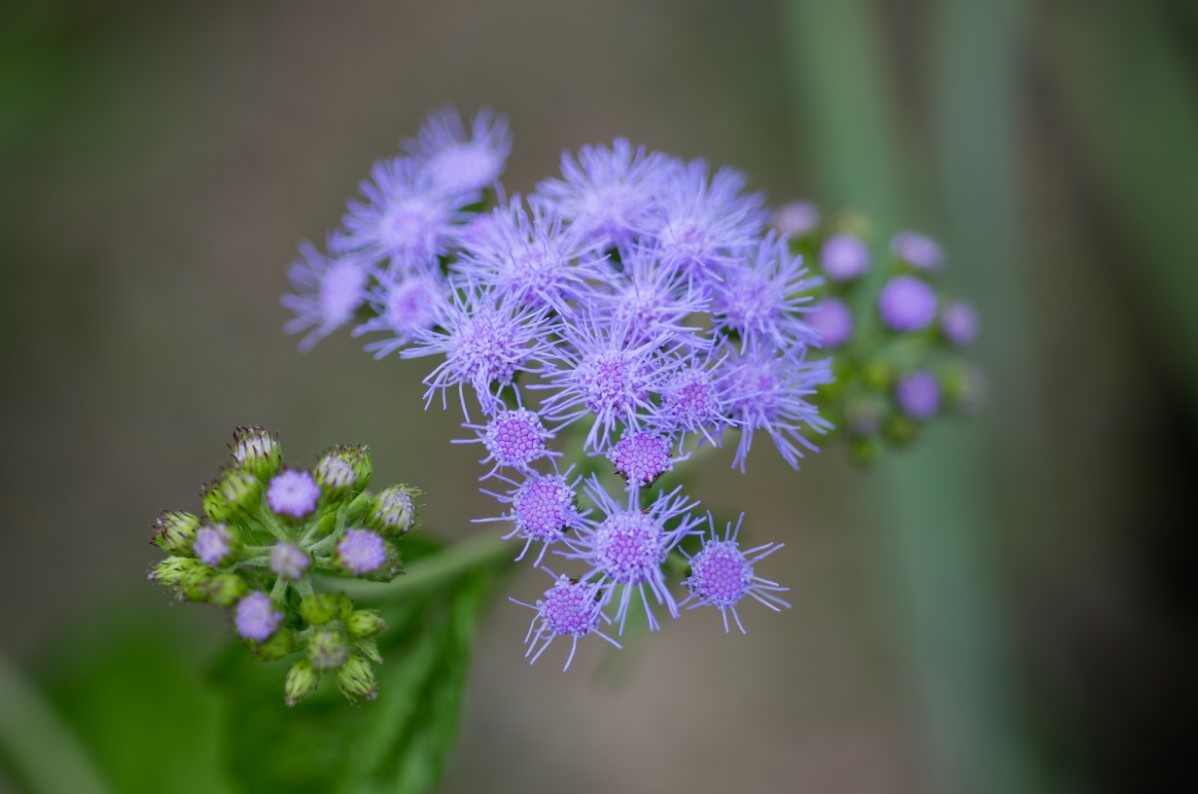
Some consider this native wildflower to be a weed, but if you keep an eye on its spread, you'll be happy you planted it. Alternatively, grow it as a natural groundcover or use it to rehabilitate a disturbed landscape or add it to a native plant meadow.
Blue Mist plants burst forth in mid-summer with prolific fluffy little bright blue flowers on tall stems. The Blue Mist Flower is playful, colorful, and beautiful, and adored by bees and butterflies. This perennial flower is a late bloomer compared to many flowers, making it an essential late-season food source for beneficial insects. Hardy to zones 4-11.
Cardinal Flower (Lobelia cardinalis)
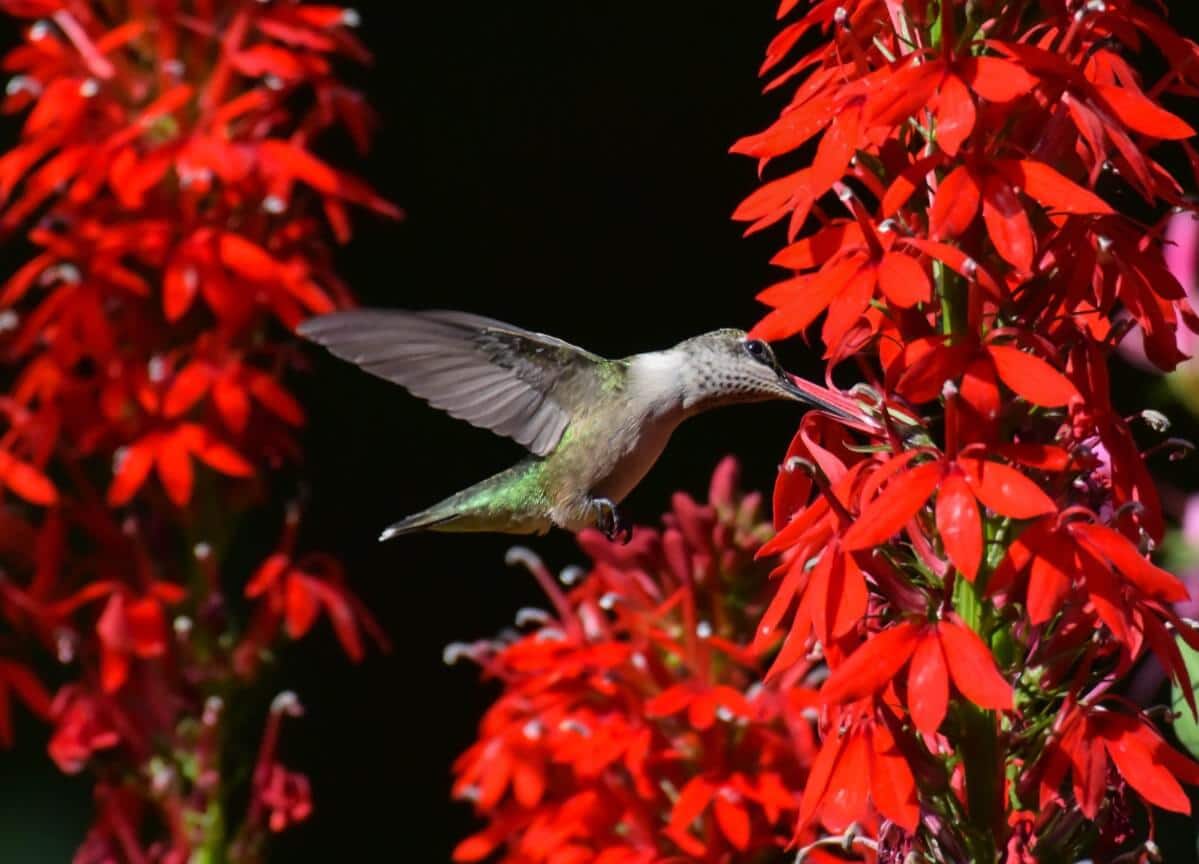
Few flowers give that true burst of bright red that dazzles the eyes and senses. Cardinal Flower is one of the gems, with brilliant delicate red blooms that demand to be noticed. The bees and hummingbirds definitely have an eye for it; they love this brightly colored perennial flower.
Cardinal Flower plants are tall, upright perennials, and the flowers grow abundantly along stems above the foliage. This native wildflower is disliked by deer and rabbits and is hardy to zones 3-9.
Allium (Allium “Globemaster”)
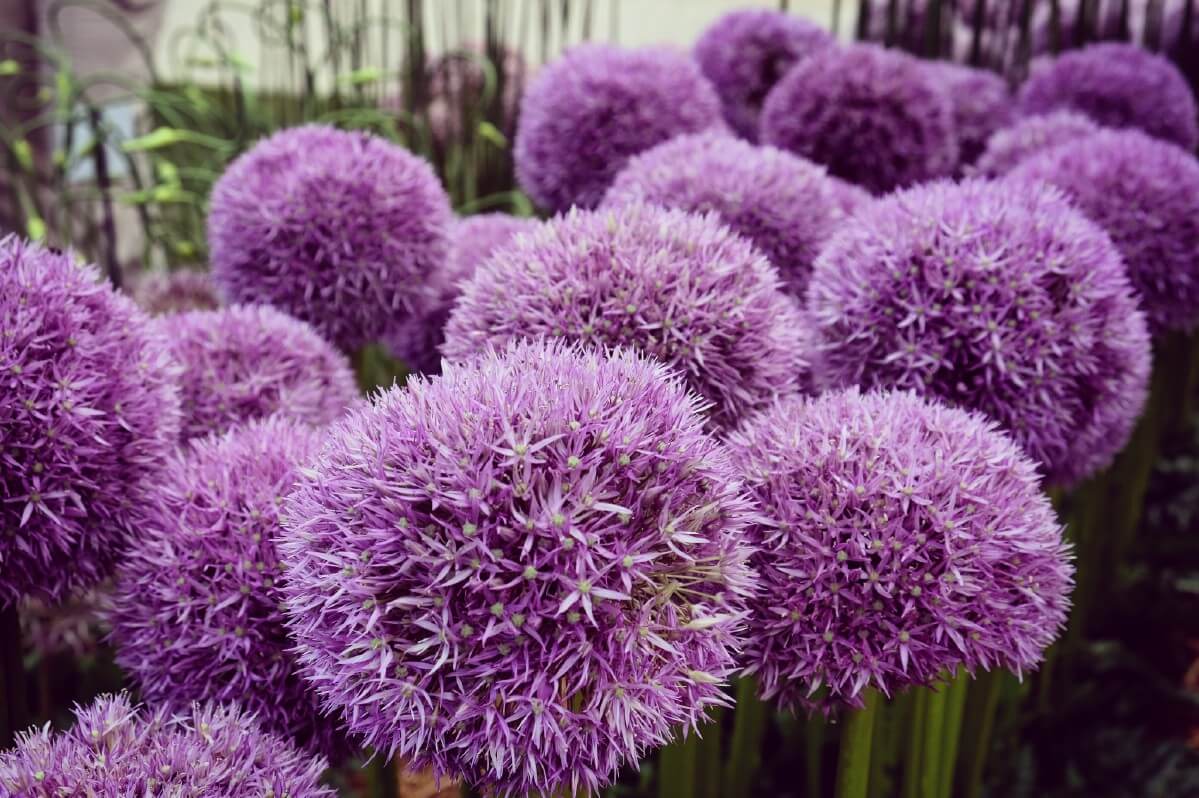
A flowering onion with impressive architectural allure, Allium ornamentals are outstanding in the perennial flower garden. The most popular variety, "Globemaster," produces 10-inch round deep-purple flower heads atop 3-foot tall stems. These flowers look like giant violet dandelion puffs, and it's hard to resist not blowing on them. Planted en masse, they are a striking display.
Adding to the charm, Allium ornamental blooms last for several weeks and bring in lots of butterflies. Deer seriously don't like this perennial, so it's an excellent border choice, too. Put them around your vegetable garden to keep the deer at bay. In addition to the ever-popular "Globemaster," we also love the "Gladiator" variety with 6-inch wide reddish-purple flowers and the "Mount Everest" variety, which produces 6-inch wide pure white flower heads. Ornamental Alliums are hardy to zones 4-9, depending on the cultivar.
Coreopsis/Tickseed (Coreopsis sp.)
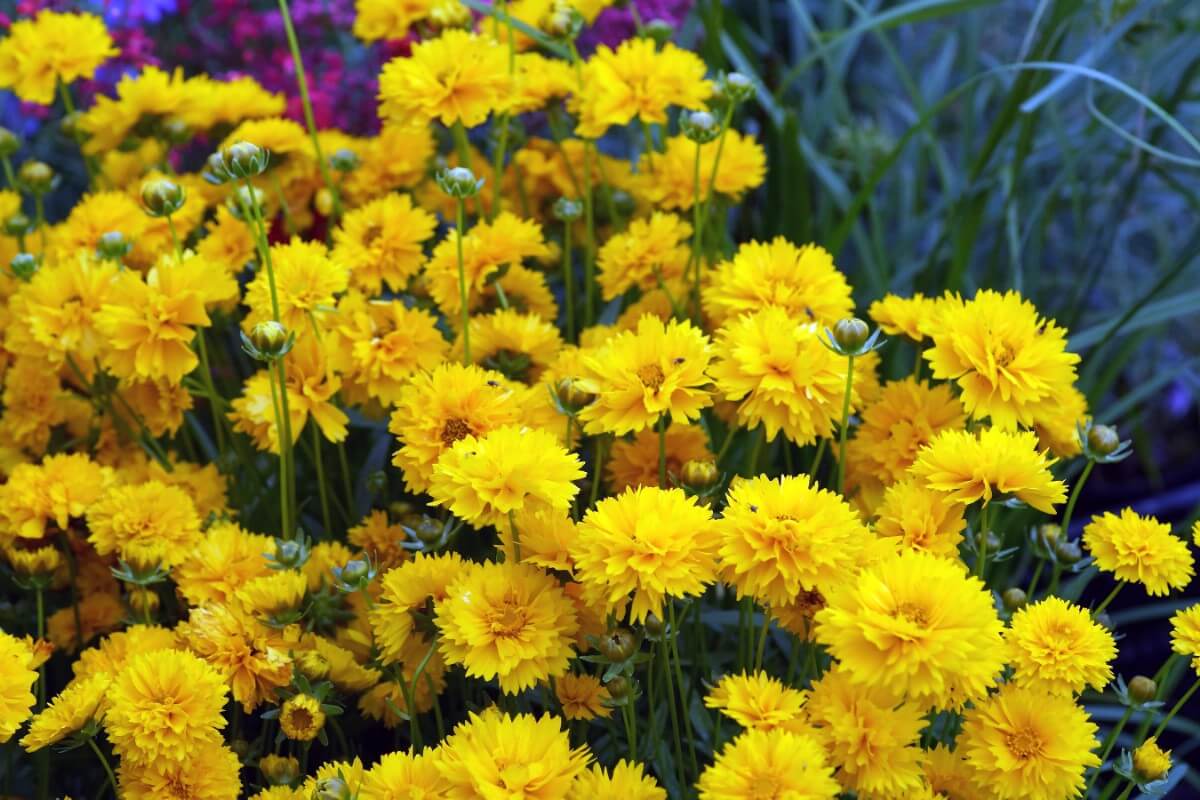
A perennial flower that embodies the essence of summer, Tickseed blooms bring cheer and light to the garden with their brilliant color and open display. The classic Tickseed flower is bright golden-yellow with a yellow uplifted center, like a miniature sun basking in the garden.
A group planting of these is stunning and memorable. When in bloom, the number of flowers is truly spectacular, blossoming so prolifically that it is challenging to see the plant underneath. Tickseed is drought-resistant and beloved among bees and butterflies.
Over 100 species of Coreopsis exist, and there are innumerable hybrids; it's tough to pick just one, so we suggest choosing a nice ten or fifteen. A flower garden full of Tickseed is a good thing! Hardy to zones 4-9, depending on the type.
Hummingbird Mint/Hyssops (Agastache sp.)
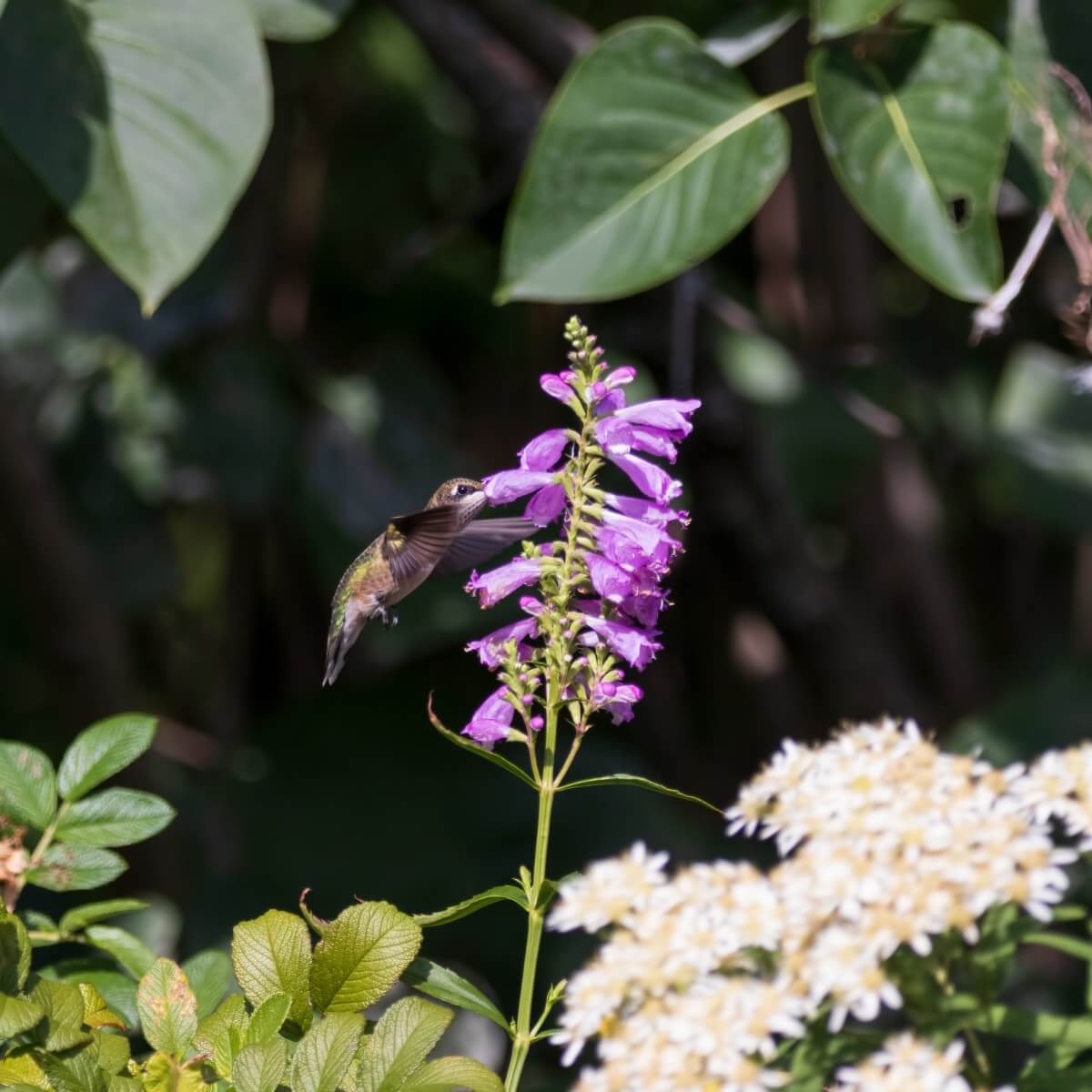
So many Hyssops, so little space! With striking green foliage, a sweet fragrance, and blooms that continue for months, it's easy to fall in love with Hummingbird Mint. The hummingbirds already have, and the butterflies and other beneficial pollinators, too. Hummingbird Mint flowers grow along tall stems, creating plumes of flowers above the foliage.
The flowers are small and delicate individually but magnificent and striking collectively. Plus, the flowers and leaves smell wonderfully like mint. There are many varieties with seemingly unlimited color options, making choosing some for the flower garden a fun adventure. Hyssop is hardy to zones 5-10.
Bee Balm (Monarda sp.)
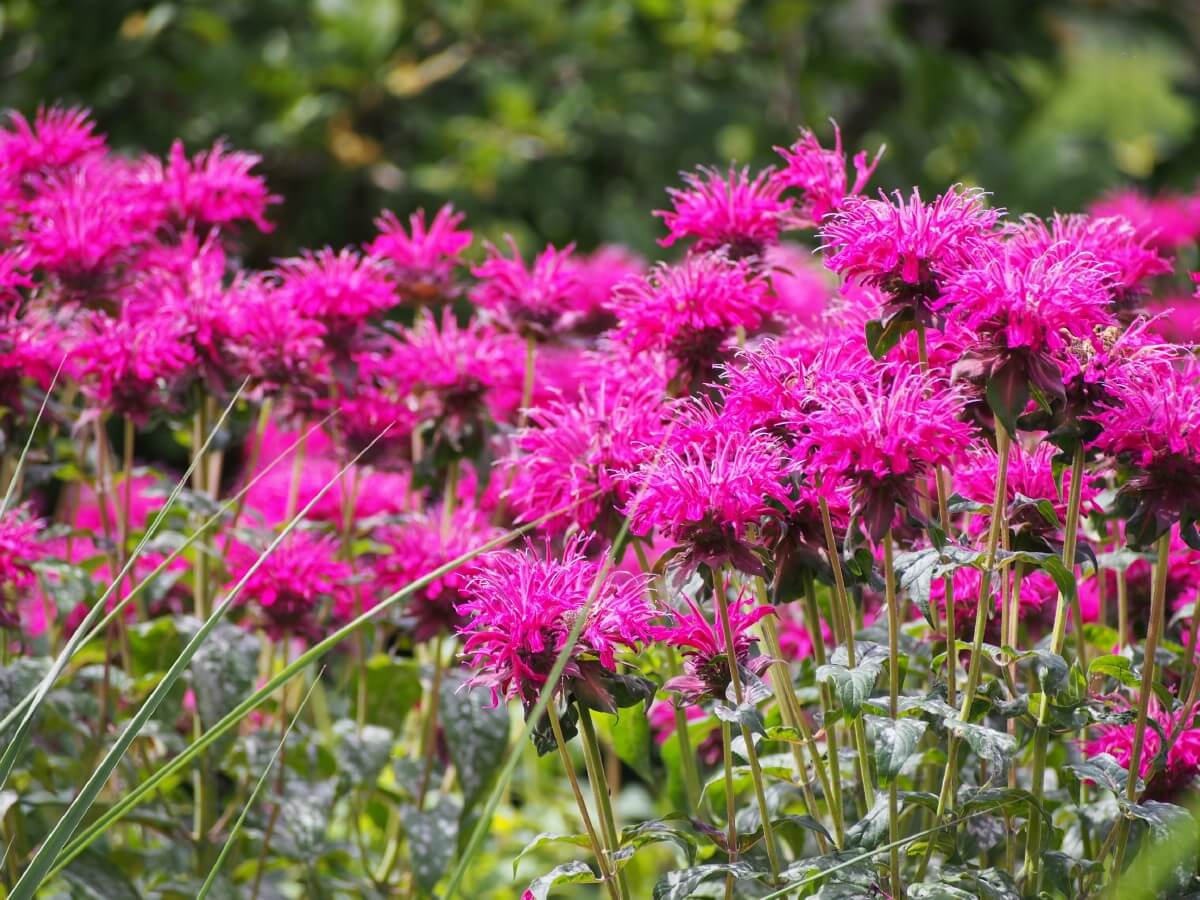
The bright, frilly-dressed flower at the garden party, Bee Balm brings all the pollinators to the garden. Bee Balm flowers grow singularly atop stems above the rich green foliage. Each bloom is a whorl of color and design, like a firework bursting above the stem. The blooms start mid-summer and last through fall, a much longer-lasting fireworks display than those in the sky.
This perennial flower is very low-maintenance, will grow in full sun or partial shade, is drought-resistant, and is just all-around unfussy. Bee Balm is a fantastic informal border plant or accent piece in the flower garden. In addition to looking fabulous, Bee Balm also smells lovely. Bee Balm is available in a vast array of pinks, purples, blues, and reds. Hardy to zones 4-9.
Lavender (Lavender angustifolia)
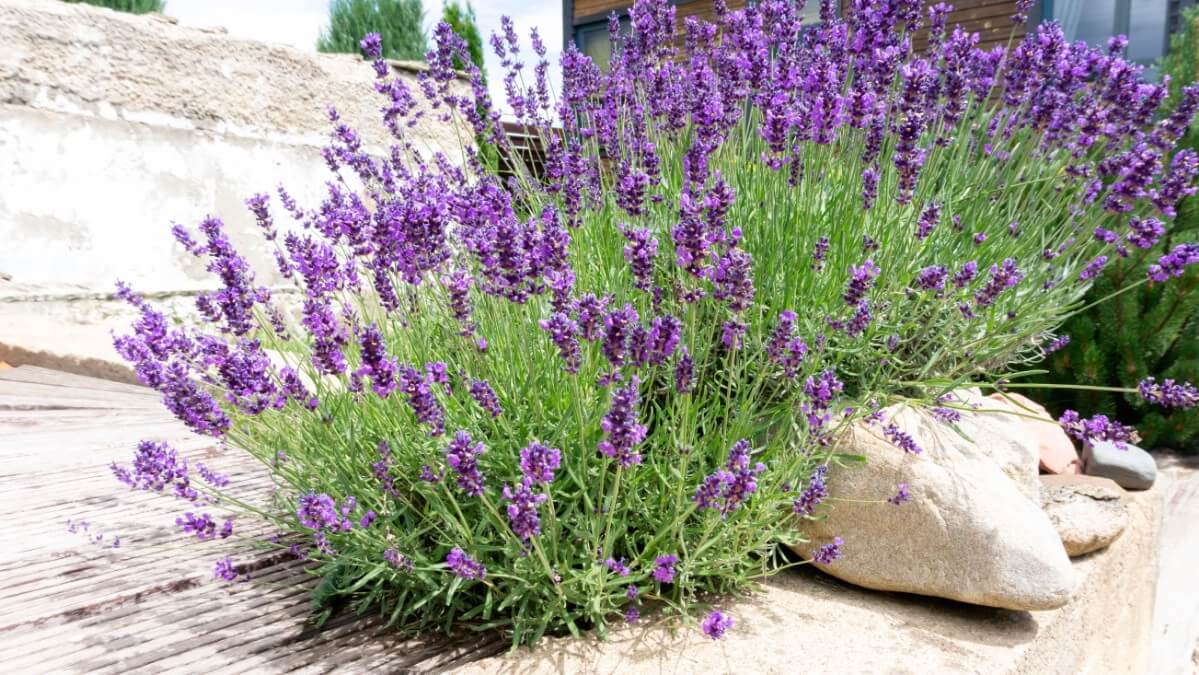
Did you Lavender isn't just purple? There is a lot of variety in Lavender species, including white and pink-flowered plants. Adding Lavender to your summer perennial flower garden isn't just a fantastic aesthetic choice; of course, the fragrance is incredible, too.
We love having Lavender plants near the back porch and front doors, so we are greeted with its calm, wonderful scent throughout the day. Lavender foliage is attractive blue-green and pleasing even when not in bloom. These perennials last for years if treated properly, so plant them somewhere for the long term. Lavender is a hardy, adaptable, drought-resistant plant that is deer and rabbit resistant. Plus, the butterflies and bees adore it.
Harvest the leaves and flowers throughout the year for an impromptu room freshener.


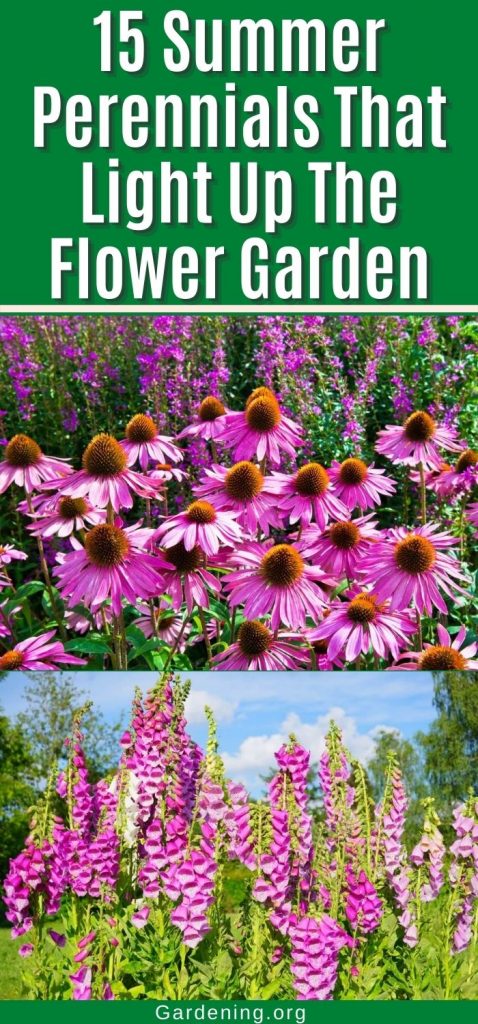
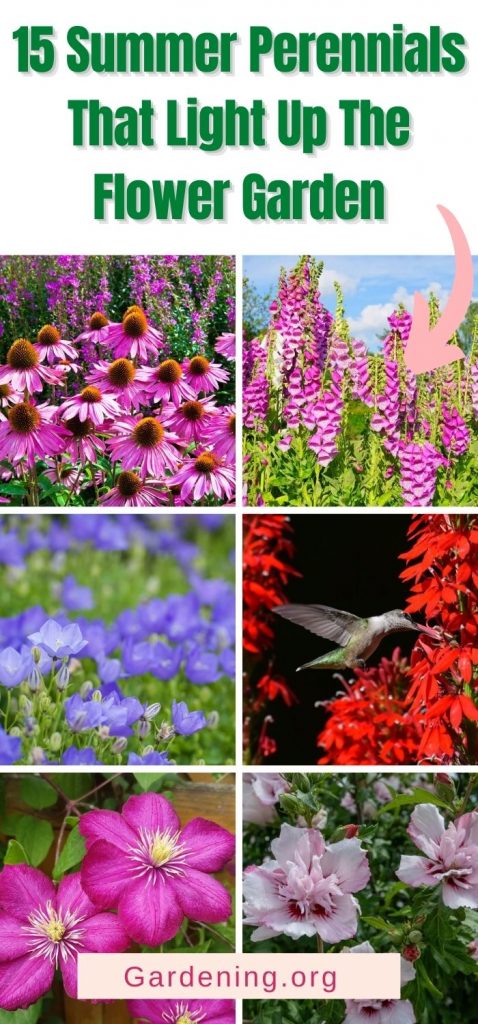
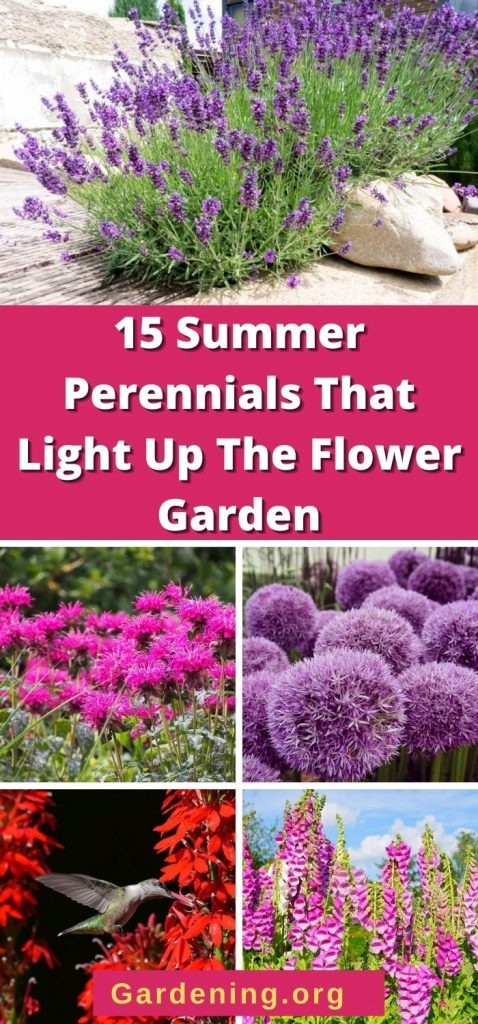
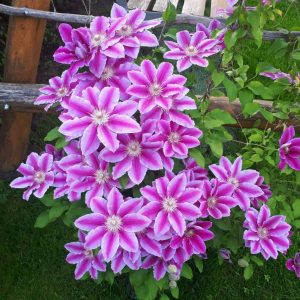
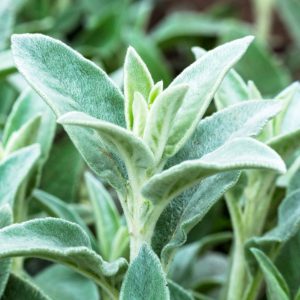

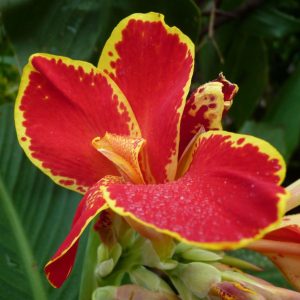
Frederick Slade
Thanks for the great ideas!!!!🙂
Rosie
I love your gardening sire...it's so practical..l have learnt so much from it today...l feel like l can be in control of the garden now..not the other way round
Tammy Renee
Thanks for all the great ideas on beautiful flowers to enjoy well into the year
Lynne Temple
While it is very pretty, beware of foxglove if you have children or pets, and you should never handle it without wearing gloves. All parts of foxglove are toxic and can cause skin irritation if touched and can be fatal if ingested.